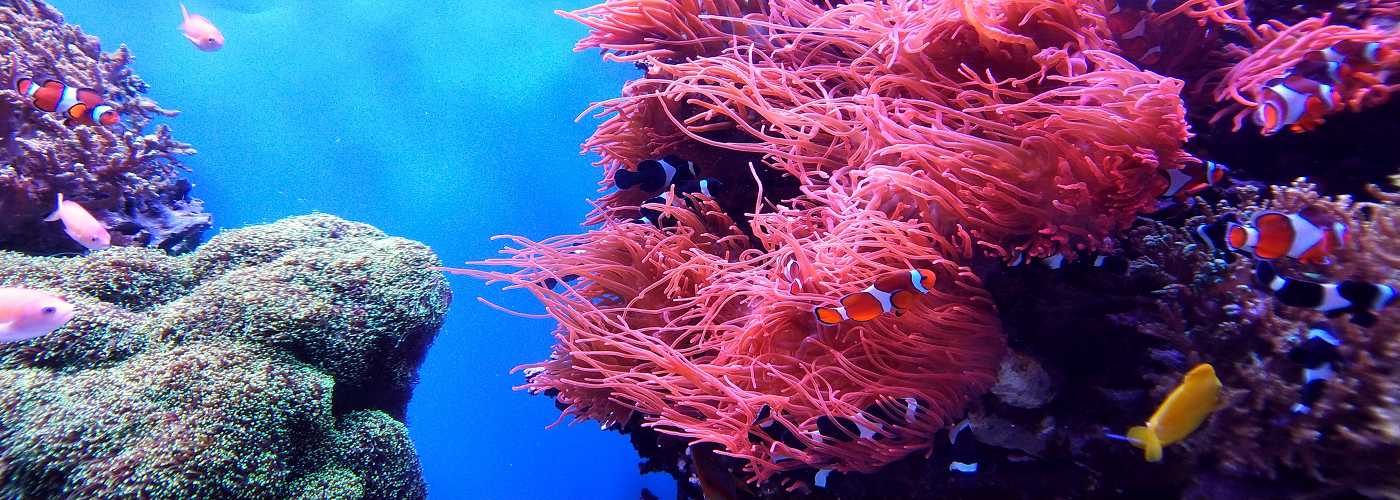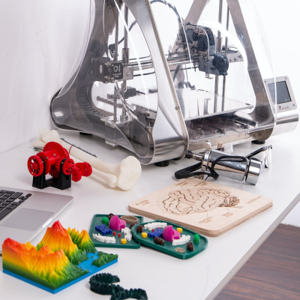

From customized prosthetics and implants in the medical field, to the ability to fashion tools and parts aboard the International Space Station, over the past 10 years, the technology of 3D printing has rapidly developed across a broad range of industries. Now, 3D printers are being put to the task of creating bionic coral reefs. A team of researchers from Cambridge University and University of California San Diego has successfully printed 3D coral skeletons that mimic real coral and provide ideal growing conditions for a living colony of microalgae.
To fashion these exacting copies of corals, the research team used a technique called optical coherence tomography (OCT). This process is like a version of ultrasound that uses special rays of light, instead of sound, to penetrate within a surface and measure its light scattering properties and internal characteristics, in addition to its external dimensions. Measuring real coral skeletons, down to the micrometer scale, ensured a very close copy to the natural coral.
With this valuable light scattering data, the team was able to then 3D print not only a coral skeleton but also implant photosynthetic microalgae within a type of bio-ink, and place that inside the tiny crevices, or corallite structures, where these same algae would be found in nature. The combination of the mimicked light scattering properties of the bionic coral skeleton and a clear hydrogel provided very similar growing conditions to that of natural coral.
Future applications of this technology include providing a laboratory testbed for learning how different species of microalgae function within a coral habitat, which is much more difficult to study in wild coral. This may one day help us better remedy coral loss due to climate change. Also, this technology could be scaled up to form efficient bioreactors that could sequester carbon dioxide from the atmosphere and even create biofuels for vehicles.






